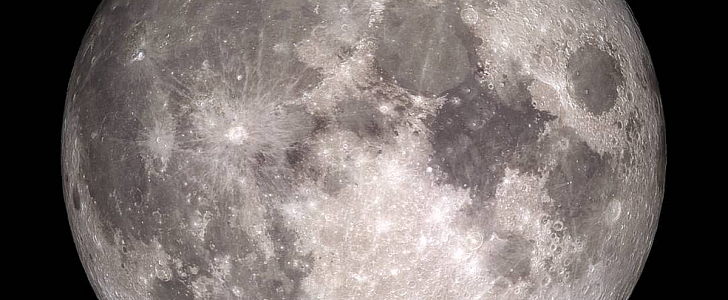NASA's commitment to getting back to the Moon for the first time in decades will enter a decisive stage next year, when a series a brand new spaceships will begin testing.
In preparation a comeback to the Moon, and as part of the Lunar campaign announced in July, the space agency revealed this week the names of the nine companies that are eligible to bid for the delivery of cargo to Earth's satellite as part of future missions.
The nine include big names of the industry, like Lockheed Martin Space, but also lesser known companies like Orbit Beyond or Intuitive Machines. The full list can be found in the document attached below.
All those willing to be paid by NASA to send cargo to the Moon will have to do so regularly as part of the new Commercial Lunar Payload Services. All contracts to be signed are indefinite delivery, indefinite quantity and have a combined value of $2.6 billion for the following ten years.
As per NASA, the early missions will “enable important technology demonstrations that will inform the development of future landers and other exploration systems needed for humans to return to the lunar surface.” Lessons learned during these flights will be used in the future crewed missions to Mars.
Back in August, NASA selected the companies that will be in charge with creating tipping point technologies for sending new spacecraft to the Moon and safely landing them there. Some of those companies are also included in the current list.
The American plan for space exploration will unfold in stages, starting with the transition from the current model of human space activities in low-Earth orbit to a model where the government is only one customer for commercial services.
The exploration of the Moon will follow next, with the ultimate goal, a trip to Mars and back, to end the current stage of human expansion to space.
The nine include big names of the industry, like Lockheed Martin Space, but also lesser known companies like Orbit Beyond or Intuitive Machines. The full list can be found in the document attached below.
All those willing to be paid by NASA to send cargo to the Moon will have to do so regularly as part of the new Commercial Lunar Payload Services. All contracts to be signed are indefinite delivery, indefinite quantity and have a combined value of $2.6 billion for the following ten years.
As per NASA, the early missions will “enable important technology demonstrations that will inform the development of future landers and other exploration systems needed for humans to return to the lunar surface.” Lessons learned during these flights will be used in the future crewed missions to Mars.
Back in August, NASA selected the companies that will be in charge with creating tipping point technologies for sending new spacecraft to the Moon and safely landing them there. Some of those companies are also included in the current list.
The American plan for space exploration will unfold in stages, starting with the transition from the current model of human space activities in low-Earth orbit to a model where the government is only one customer for commercial services.
The exploration of the Moon will follow next, with the ultimate goal, a trip to Mars and back, to end the current stage of human expansion to space.







